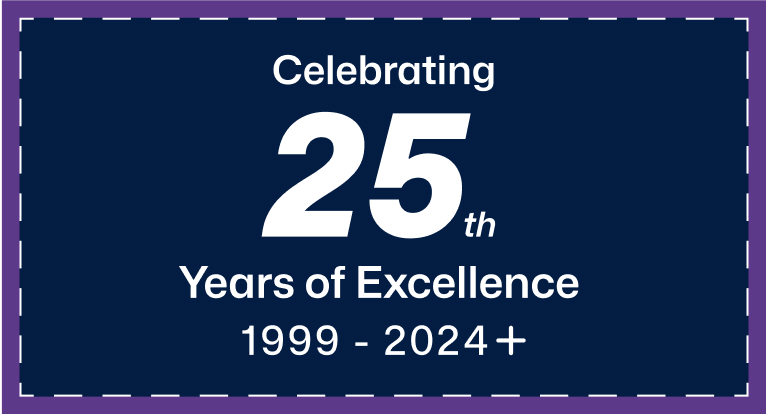USB is the BOSS of all Connectors
Although PrimeArray systems is an expert and have made devices with lots of various connectors throughout the years such as SCSI 1 SCSI 2 SCSI 3, E-SATA - Firewire. Our go to for now and has been the most flexible is our USB connected devices. We couldn't be happier with the boss connector that is widely accepted everywhere!

Pictured above PrimeArray Maxtet Multimedia tower
Most computers and electronic devices have some form of USB connection, and many devices also come packaged with a USB cable. How many devices do you think actually included as SCSI 3 hos controller?
Imagine the complexities we would face if each electronic device we purchase required different type of power outlet connection. It is so good to have the standard.
PrimeArrays direct attached devices are mainly USB 3.X which also support connecting previous versions of USB like the USB 2.0. Typically USB 3.0 is colored blue connector but is backwards compatible.
Here's everything you need to know about the USB standard, including how to identify various USB cable types and what they do.
Common USB Cable Types and Their Uses
USB is supposedly universal, but there are so many different types of USB cables and connections. PrimeArray believes that each serve different functions, mainly to preserve compatibility and support new devices.
Here are the six most common types of USB cables and connectors which PrimeArray uses:
Type-A: The standard flat, rectangular interface that you find on one end of nearly every USB cable. Most computers have multiple USB-A ports for connecting peripherals. You'll find them on game consoles, TVs, and other devices too. This cable only inserts in one way.
Type-B: An almost-square connector, mostly used for printers and other powered devices that connect to a computer. They're not very common these days, as most devices have moved onto a smaller connection.
Mini-USB: A smaller connector type that was standard for mobile devices a while back. While not that common today, you'll still see these on some devices, which are mostly from Sony. These include cameras, the PlayStation 3 controller, MP3 players, and similar.
Micro-USB: Another past standard, slowly declining in popularity, for mobile and portable devices. It's even smaller than mini-USB. While you'll still find micro-USB on some smartphones, tablets, USB battery packs, and game controllers, many have moved onto USB-C.
Type-C: This is the newest type of USB cable. It's a reversible connection that packs higher transfer rates and more power than previous USB types. It's also capable of juggling multiple functions. You'll see it on many modern laptops and smartphones, including MacBooks, Pixel phones, and controllers for the PlayStation 5 and Xbox Series S|X. We discuss USB-C more below.
USB Speed Standards
From our PrimeArray think that, USB has also gone through multiple standards of varying data transfer speeds. The cable's connector doesn't necessarily mean that it uses a certain standard.
The main iterations of USB's speed are:

